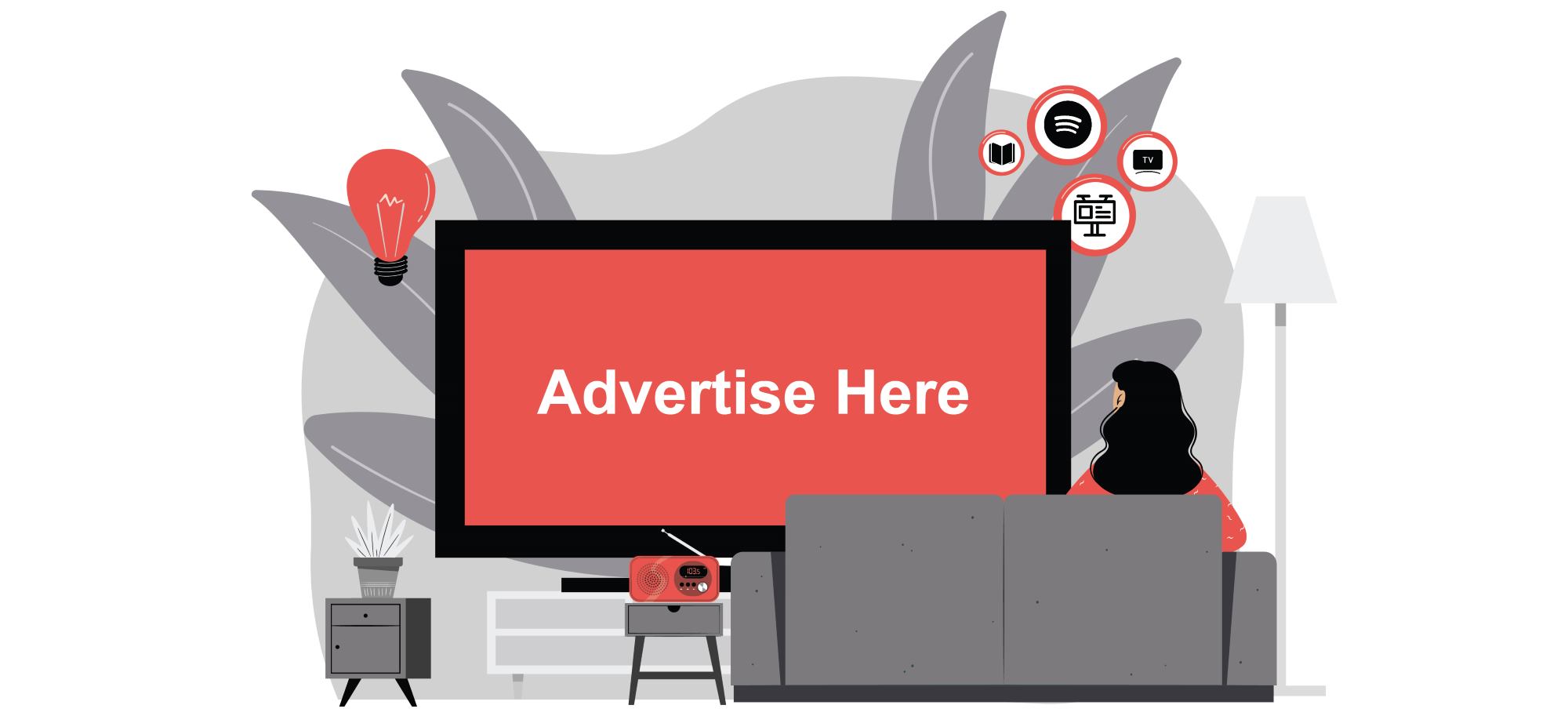Electronic Advertising

In a world where your next customer is just a click away, one thing is certain: electronic advertising has changed the game. It’s not just for tech companies or digital-savvy startups anymore. Every business, from the local bakery to the multinational corporation, is tapping into its potential. Why? Electronic advertising doesn’t just knock on doors, it bursts through them, placing your brand front and center where your audience lives, works, scrolls, and clicks. But what is electronic advertising? Let’s dive in.
What is Electronic Advertising?
At its core, electronic advertising is all about using digital channels to promote products, services, or ideas. It’s what happens when your message is broadcast through the internet, mobile devices, social media, emails, search engines, and even your favorite apps. Unlike traditional methods like print or TV ads, electronic advertising can target users with precision and deliver real-time feedback.
Think of it as a conversation rather than a monologue. Instead of simply telling people about your product, you’re meeting them where they are. Whether they’re shopping online, scrolling social media, or watching videos. It’s flexible, dynamic, and always evolving.
Types of Electronic Advertising
Electronic advertising comes in many shapes and forms. Let’s look at some of the most popular methods businesses use today.
Display Advertising
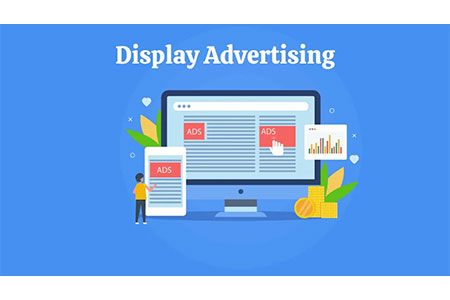
You’ve seen those banner ads at the top or side of a website. That’s electronic advertising in display form. These visual ads—whether images, animations, or even interactive content—aim to catch the eye and invite a click.
Search Engine Advertising (Paid Search)
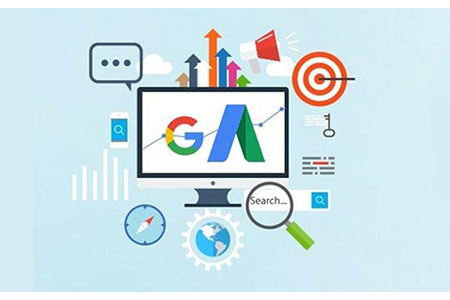
Ever searched for something online and noticed the ads at the top of your search results? That’s paid search advertising. Businesses bid on keywords so their ads appear when people search for relevant terms.
Social Media Advertising

From Facebook and Instagram to LinkedIn and Twitter, social media advertising is designed to target users based on their interests, behaviors, and demographics. Whether it’s a carousel ad or a sponsored story, these ads are tailored to engage.
Email Marketing
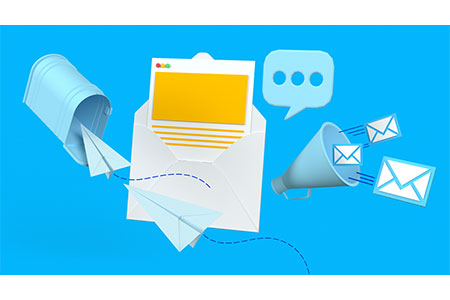
Though one of the oldest digital methods, email marketing remains powerful. Sending targeted messages to your subscribers, whether promotional offers, newsletters, or personalized updates, keeps your brand top of mind.
Video Advertising

YouTube pre-rolls, social media video ads, and sponsored content on streaming platforms all fall under video advertising. They combine visuals and storytelling to engage audiences in ways static ads cannot.
Affiliate Marketing
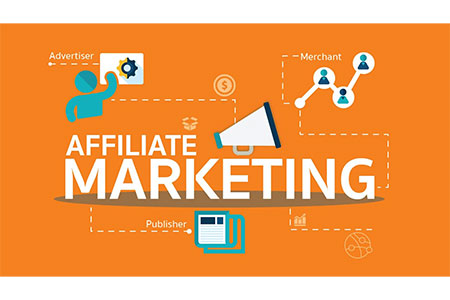
With affiliate marketing, businesses partner with other websites or influencers who promote their products in exchange for a commission. It is a performance-based strategy that leverages others’ audiences.
Native Advertising
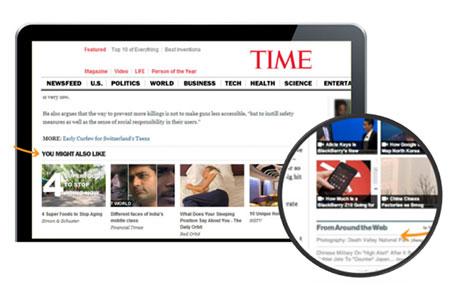
Native ads blend seamlessly into the content around them, whether in articles, social media feeds, or news apps. They don’t feel like ads, which makes them more palatable and less intrusive.
Retargeting or Remarketing
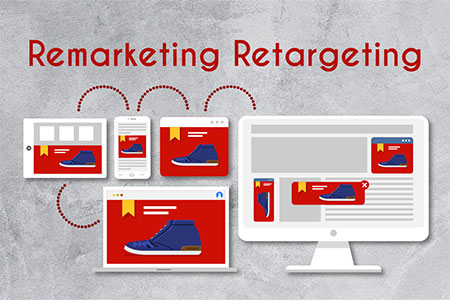
Ever noticed how the product you viewed yesterday seems to follow you around online? That’s retargeting. It’s a way to re engage potential customers who’ve already shown interest.
Influencer Marketing

Influencer marketing taps into the trust people have in influencers. Brands collaborate with popular social media personalities to promote their products to a loyal following.
Mobile Advertising
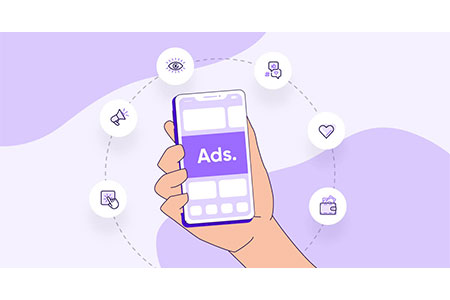
With everyone glued to their smartphones, mobile advertising—whether in-app, SMS, or mobile-optimized web ads—reaches audiences wherever they are.
Benefits of Electronic Advertising

Why are so many businesses pouring their budgets into electronic advertising? Here’s what makes it such a smart move.
Cost Effective
Compared to traditional channels, electronic advertising often costs less while delivering more targeted results. You can set budgets, control spending, and optimize campaigns in real-time.
Targeted Audience Reach
Electronic advertising lets you reach exactly who you want, whether it’s based on location, interests, online behavior, or past purchases. It’s precision marketing without the guesswork.
Measurable Results
Unlike a billboard or magazine ad, you can track everything—clicks, views, conversions, and more. This lets you see what works and adjust accordingly.
Global Reach
The internet has no borders. Electronic advertising can reach a worldwide audience, breaking down geographical barriers with ease.
Real-Time Analytics
With tools and dashboards, you can watch your campaigns in action. Tweak an ad, adjust targeting, or change your budget instantly based on live data.
Flexibility and Customization
Electronic advertising can be tailored to fit your audience and goals. Change the message, switch visuals, or target a new segment all in minutes.
Higher Engagement Rates
Interactive formats like videos, polls, and stories encourage users to interact rather than just observe. This engagement boosts brand connection and recall.
Increased Brand Awareness
The more your audience sees you online—in emails, social media, or on search engines—the more familiar they become with your brand. It’s a digital presence that sticks.
Quick and Easy Updates
Got a new offer or an event coming up? Update your digital ads immediately without waiting for print deadlines or production schedules.
Better Conversion Tracking
With clear tracking mechanisms, you can see which ads drive results and which do not. This helps maximize ROI and focus on high-performing campaigns.
What Makes Electronic Advertising Channels a Preferred Choice?

Compared to traditional advertising like print, radio, or TV, electronic advertising offers flexibility, speed, and precision. You can launch a campaign today and start seeing results tomorrow. You can fine-tune your message based on real-time feedback. You can reach audiences where they are already spending their time—online.
Moreover, electronic advertising often allows for two-way communication. Comments, shares, likes, and direct interactions provide brands with valuable insights into customer preferences. This is simply not possible with static one-way traditional ads.
What are the Implications of Electronic Advertising?
While electronic advertising offers clear benefits, it also comes with its set of challenges. On the positive side, businesses can build stronger customer relationships, improve targeting, and measure performance with great accuracy. However, the digital space is crowded, and standing out takes creativity and strategy.
Another consideration is data privacy. With increasing regulations and consumer awareness, brands must be transparent and ethical in how they collect and use data. Bombarding users with intrusive ads or over-targeting can backfire, damaging trust.
Then there’s the risk of overreliance on algorithms and automated tools. While they make advertising easier, they’re not a substitute for human creativity and genuine brand storytelling.
Examples of Electronic Advertising
Let’s look at how businesses are using electronic advertising today.
● Nike leverages influencer marketing, social media ads, and personalized email campaigns to keep its audience engaged worldwide.
● Amazon relies heavily on retargeting and paid search advertising to bring shoppers back to complete purchases.
● Spotify combines mobile advertising, video ads, and targeted playlists to connect with music lovers.
● Airbnb uses native advertising, social media storytelling, and influencer partnerships to inspire travel.
Conclusion
Electronic advertising isn’t just another option in the marketing mix—it’s a necessity. It gives brands the tools to speak directly to their audiences, adapt quickly, and measure every move. In a world where attention is fleeting, it’s the key to staying relevant and building lasting connections.
For brands ready to embrace this dynamic world, Excellent Publicity is the advertising agency\ you can trust. With expertise across all digital channels and a deep understanding of what resonates with audiences, we help you navigate the fast-paced landscape of electronic advertising. Whether you're a local business or a global brand, Excellent Publicity ensures your message is seen, heard, and remembered.
FAQs
Electronic advertising uses websites, social media, and apps to reach people, while traditional advertising relies on TV, radio, and print. Digital channels can show ads to specific groups and track performance, but traditional methods often reach broader audiences with less control over who sees the ads.
Electronic advertising helps businesses connect with the right people at the right time. It saves money, lets businesses see what works quickly, and allows ads to reach people on phones, computers, and tablets. This helps businesses grow faster and reach more potential customers.
Businesses use data and tools to learn what people like and need. They study user habits, interests, and locations to create ads just for them. This makes ads more personal and helps businesses spend money wisely while reaching the people most likely to buy.
Businesses face challenges like ad blockers, which stop ads from showing. Privacy rules limit how much data can be used. Also, digital platforms change often, so businesses must stay updated with new trends and technology to keep their advertising fresh and effective.
Retargeting shows ads to people who visited a website but did not make a purchase. It reminds them of the product or service, encouraging them to come back and buy. This strategy helps businesses turn curious visitors into loyal customers.


